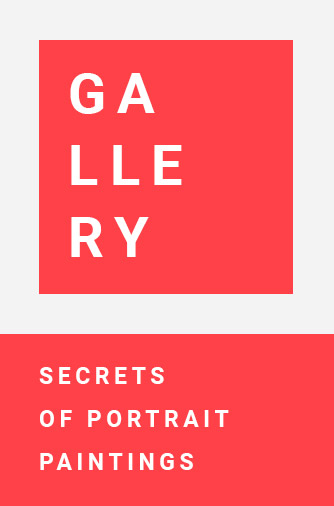Whether you’re looking to hire a new coder for your tech startup or someone who understands vineyard machinery for your new winery, unconscious bias will likely play a role. This invisible yet potent force profoundly impacts organisational diversity and effectiveness, infiltrating the recruitment process and shaping the workforce in subtle but significant ways.
As hiring managers, employees, and business owners, understanding and mitigating these biases is crucial for fostering a truly inclusive work environment.
1. Resume Screening Bias: The Name Game
One of the most common forms of unconscious bias occurs during the resume screening phase. Studies have shown that names on resumes can significantly influence call-back rates for interviews. For example, traditionally ethnic names might receive fewer callbacks compared to names that sound more “Western.”
This type of bias can prevent highly qualified candidates from even getting a foot in the door, purely based on the cultural or ethnic associations with their name. Companies can counteract this by implementing blind hiring practices, where personal identifiers are removed from resumes during the initial screening process.
2. Confirmation Bias: Seeing What You Expect to See
Confirmation bias is another pervasive issue that skews hiring decisions. This occurs when interviewers form an early opinion about a candidate—often based on first impressions or stereotypes—and then look for evidence to support this preconception, ignoring information that contradicts it.
For instance, if an interviewer subconsciously believes that a particular gender is not suited for a specific role, they may interpret neutral or even positive information about a candidate’s performance as negative. To combat this, use structured interviews, where all candidates are asked the same set of predetermined questions in the same order.
3. Affinity Bias: The Comfort of Similarity
Affinity bias is the tendency to favour candidates who share similar interests, backgrounds, or characteristics as the interviewer. This can lead to a homogenous workplace where diversity of thought and innovation may stagnate. This bias can manifest when interviewers feel a personal connection with a candidate over shared experiences or mutual interests.
To reduce the impact of affinity bias, it’s essential to have diverse hiring panels. This diversity in panels helps provide multiple perspectives and reduces the likelihood of any single bias influencing the decision-making process.
4. Beauty Bias: Judging a Book by Its Cover
Beauty bias is the unconscious preference for physically attractive candidates. While it might be more pronounced in industries like retail or hospitality, it’s present in almost all sectors. Attractive candidates are often perceived as more competent, leading to unfair advantages during hiring.
However, attractiveness has no correlation with job performance outside of very specific roles where physical appearance might be a legitimate requirement. Employers should focus on the skills and experiences relevant to the job, using standardised assessment criteria to evaluate all candidates equally.
5. Halo & Horn Effects: The Double-Edged Sword
The halo effect occurs when one positive attribute of a candidate overshadows all other aspects, potentially masking significant weaknesses. Conversely, the horn effect happens when a negative trait dominates the overall impression, leading to an unfairly low evaluation of a candidate’s capabilities.
Both effects can severely distort an employer’s perception of a candidate’s suitability for a job. Overcoming these biases requires thorough, multi-faceted candidate evaluations, involving multiple rounds of interviews and diverse evaluators to obtain a balanced view.
Unconscious biases are deeply ingrained and often challenging to identify, but they are not insurmountable. By acknowledging their existence and actively implementing strategies to mitigate their impact, organisations can make more equitable and effective hiring decisions. Embracing these practices enhances fairness in recruitment and brings in diverse perspectives and skills.
Feature image: Alex Green / Pexels





